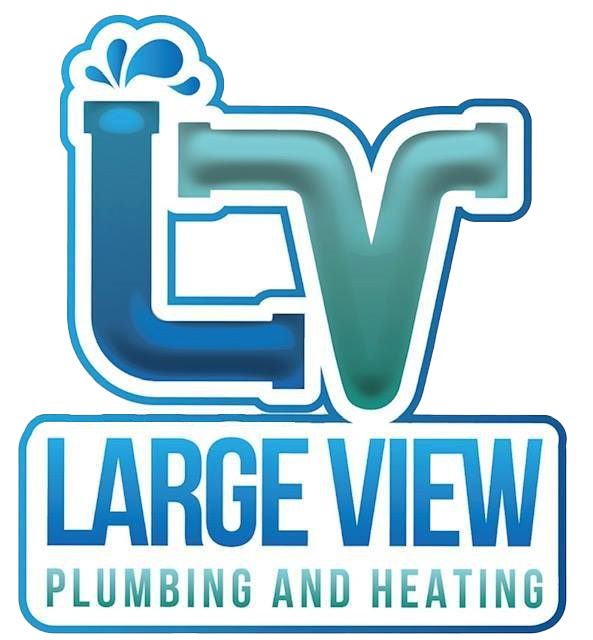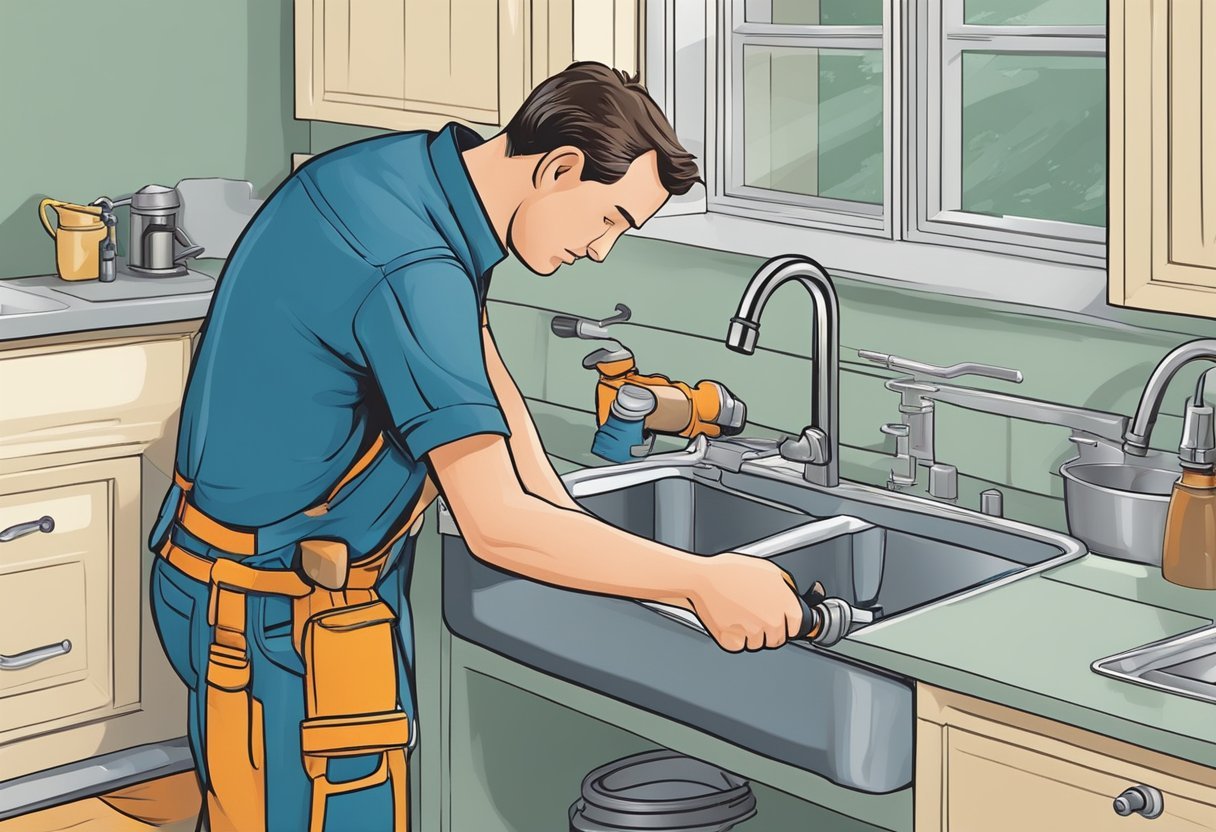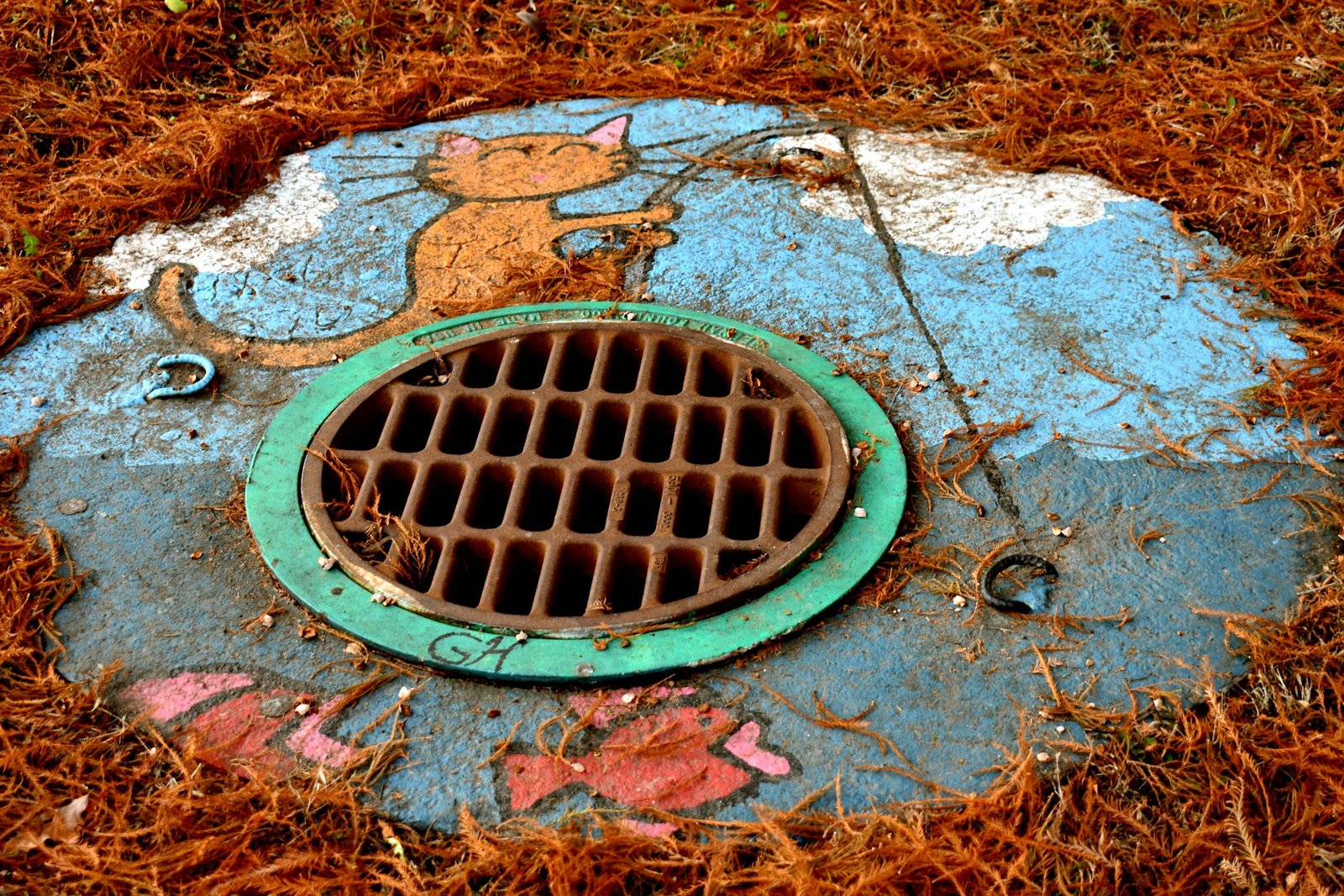Plumbing is a vital aspect of modern living, ensuring that water flows efficiently through your home while managing waste effectively. At its core, plumbing encompasses the system of pipes, fixtures, and fittings that deliver water and remove sewage. This intricate network is essential not only for daily conveniences like showers and dishwashers but also for maintaining hygiene and preventing environmental hazards.
Understanding the importance of a well-functioning plumbing system can save you from unexpected repairs and water damage. When you encounter issues, services like those offered by Large View Plumbing & Heating can provide the expertise needed to address any plumbing concern. With over 10 years of experience, they prioritize quality and customer satisfaction, ensuring that your home remains comfortable and safe.
From basic maintenance to complex installations, having a trusted plumbing service is crucial. Large View Plumbing & Heating specializes in a range of solutions tailored to your needs, combining modern techniques with dedicated service. You can be confident that your plumbing will meet the standards necessary for a healthy living environment.
Understanding Plumbing Basics
Plumbing is essential for ensuring the smooth operation of your home’s water systems. It involves both the supply of potable water and the removal of wastewater through a drainage system.
Your plumbing system consists of various components, including pipes, fittings, and valves. These elements work together to transport water efficiently. Valves control water flow, ensuring consistent pressure and preventing leaks.
Pressure is vital in a plumbing system. It determines how water moves through your pipes. Usually, gravity assists in draining wastewater, directing it toward the main sewer line.
Another critical aspect of plumbing is the venting system, which allows air to enter the drainage system. This maintains proper pressure and prevents sewer gases from entering your home.
Consider seeking professional help when dealing with plumbing issues. Large View Plumbing & Heating has over a decade of experience in providing reliable plumbing services in North Shore, Massachusetts. Their expertise ensures that your plumbing needs are met efficiently.
Understanding these basic concepts will empower you to manage minor plumbing issues. For more complex problems, do not hesitate to reach out to skilled professionals like Large View Plumbing & Heating. They offer solutions tailored to your specific needs.
Types of Plumbing Pipes and Materials
Understanding the different types of plumbing pipes and materials is crucial for any plumbing project. Each material has its specific uses, advantages, and disadvantages, which can affect both the performance and longevity of your plumbing system.
Common Pipe Materials
- Copper: Known for its durability and resistance to corrosion, copper pipes are widely used for water supply lines. They can handle high temperatures but may require soldering during installation.
- PVC (Polyvinyl Chloride): A popular choice for waste and drainage systems, PVC is lightweight, easy to install, and resistant to chemicals. However, it is not suitable for hot water applications.
- PEX (Cross-Linked Polyethylene): Flexible and easy to install, PEX is great for both hot and cold water supply lines. It resists scaling and chlorination, making it a modern choice for residential plumbing.
- Steel: Galvanized steel pipes resist corrosion and are commonly used in older homes. However, they can be heavy and may corrode over time, leading to leaks.
- Lead: Although historically used for water supply lines due to its malleability, lead is now known to pose health risks. It is recommended to replace any lead pipes with safer alternatives.
Selecting the Right Pipe for the Job
Choosing the right pipe material depends on several factors including the application, budget, and local building codes. For instance, consider PEX for its flexibility in retrofitting and installation ease.
If you’re dealing with hot water, opt for copper or PEX, while PVC should be reserved for cold water and drainage applications.
For expert advice and installation, you can trust Large View Plumbing & Heating, which serves all plumbing and heating needs in North Shore, Massachusetts. They have the knowledge and experience to guide you in making the best choices for your specific plumbing requirements.
Installing and Maintaining Plumbing Fixtures
Installing and maintaining plumbing fixtures is essential for ensuring functionality and longevity in your home. Proper techniques during installation and regular maintenance can prevent issues like leaks or clogs, while troubleshooting can help you quickly resolve common problems.
Installation Techniques
When installing fixtures such as sinks, toilets, or faucets, start by reading the manufacturer’s instructions carefully. Gather the necessary tools including a wrench, pliers, and plumber’s tape.
- Positioning: Ensure that the fixture is properly aligned with existing plumbing connections.
- Sealing: Use plumber’s tape on threaded connections to prevent leaks.
- Secure Installation: Tighten connections without overtightening, which can cause damage.
If you’re not comfortable with the installation process, consider contacting Large View Plumbing & Heating for expert assistance.
Routine Maintenance
Regular maintenance is key to keeping your plumbing fixtures in good working order. Follow these steps for effective upkeep:
- Check for Leaks: Inspect fixtures for any signs of water dripping, especially under sinks and around toilets.
- Clean Aerators and Showerheads: Remove and clean these parts to prevent mineral buildup, ensuring optimal water flow.
- Inspect Hoses: For dishwashers and washing machines, check hoses for wear and replace them if necessary to avoid leaks.
Scheduling annual check-ups with a professional can help catch potential problems before they escalate. Large View Plumbing & Heating offers maintenance services tailored to your needs.
Troubleshooting Common Issues
You may encounter several common plumbing issues with fixtures. Here’s how to address them:
- Leaking Faucet: Tighten the handle; if that doesn’t work, the washer may need replacement.
- Clogged Drain: Use a plunger or a mixture of baking soda and vinegar to clear minor clogs. For persistent cases, a plumber’s snake might be necessary.
- Running Toilet: This could indicate a faulty flapper or fill valve. Check these components to see if they need adjusting or replacing.
By staying proactive, you can avoid costlier repairs down the line and keep your fixtures functioning efficiently.
Plumbing System Components and Their Functions
A plumbing system comprises various components that work together to ensure the effective management of water and waste. Understanding these elements is crucial for maintaining a functional system in your home.
Water Supply and Distribution
The water supply system is essential for delivering fresh water to your home. It begins with the main water line, which connects to a municipal supply or a private well. From there, water travels through pipes to reach various points in your home, including kitchens, bathrooms, and laundry rooms.
Plumbing fixtures like sinks, showers, and toilets access this clean water, relying on mechanisms like valves to control flow. Additionally, a water heater is crucial for providing hot water, ensuring comfort, especially in colder climates. Proper installation and maintenance of these elements are vital to comply with local plumbing codes, which outline safety and efficiency standards.
Waste Removal and Sewage Systems
Waste removal is another critical function of plumbing systems, managed by a network of drain pipes that convey wastewater away from your home. This system includes components such as traps, which prevent sewer gases from entering your living space and ensure smooth flow.
Wastewater travels through the drainage system to the sewer or septic system. Pumps may be utilized to assist in moving waste when gravity isn’t sufficient. Maintaining these systems is essential, as clogs in your drains can cause significant issues. Large View Plumbing & Heating can help you with regular maintenance and inspections to ensure your waste removal systems function efficiently.
Advanced Plumbing Concepts
Advanced plumbing concepts integrate eco-friendly practices and innovative technologies to enhance your plumbing systems. Focusing on sustainable materials and efficiency, these modern approaches not only improve functionality but also promote better waste disposal and sanitation.
Plumbing in Green Building Design
Incorporating plumbing into green building design involves utilizing nontoxic materials and innovative systems that minimize environmental impact. This includes rainwater harvesting systems that capture and reuse rainfall, reducing water consumption.
Additionally, opting for low-flow fixtures helps conserve water, making a significant difference in long-term savings. Proper ventilation is essential to ensure air quality within these structures.
When aiming for energy efficiency, high-efficiency appliances and fixtures are paramount. Companies like Large View Plumbing & Heating specialize in these systems, ensuring your plumbing not only serves its purpose but also aligns with eco-friendly standards.
Technological Advances in Plumbing
Technological advancements have transformed plumbing with innovations like trenchless technology for pipe rehabilitation. This method allows for repairs with minimal excavation, preserving landscapes and reducing labor costs.
Smart plumbing systems are now available, providing real-time monitoring and leak detection through connected devices, helping you avoid costly damages. These systems often include automated valve controls, simplifying management.
Modern materials, such as cross-linked polyethylene (PEX), offer flexibility and resistance to corrosion, enhancing durability. Large View Plumbing & Heating utilizes these technologies to ensure quality service and installation for all your plumbing needs.
With continuous advancements, you can expect more efficient and reliable plumbing solutions tailored to your lifestyle.
Hiring a Professional Plumber
Navigating plumbing issues requires expertise and the right tools. Recognizing when to call a plumber and understanding what qualities to look for can prevent minor problems from escalating into major headaches.
When to Call a Plumber
You should reach out to a professional whenever you encounter persistent leaks, clogged drains, or water heater malfunctions. These situations can lead to serious damage if left untreated.
For example, if you notice water pooling under your sink, this could indicate a leaking pipe that needs immediate attention.
Additionally, call a plumber if you experience low water pressure, backflow issues, or unfamiliar sounds from your pipes. These can signal underlying problems that require specialized tools and knowledge to diagnose and fix.
In North Shore, Massachusetts, Large View Plumbing & Heating is equipped to handle these emergencies efficiently. Their trained professionals understand the urgency of plumbing issues and prioritize quick resolutions.
Qualities of a Reliable Plumber
A reliable plumber should possess certain essential traits. First, look for someone with proper licensing and insurance. This ensures that they are qualified and can provide quality service without putting you at risk.
Next, consider their experience. A plumber with over ten years in the trade, like Large View Plumbing & Heating, will have dealt with a range of plumbing problems, giving them an edge in troubleshooting.
Excellent communication skills are also crucial. Your plumber should explain the problem, outline potential solutions, and use clear language so you understand what to expect.
Lastly, assess their customer service. A reputable plumber prioritizes your satisfaction and maintains open lines of communication throughout the service process.
Frequently Asked Questions
Plumbing encompasses a range of systems and services essential for both residential and commercial properties. Understanding the different aspects of plumbing helps you recognize its importance and functionality in everyday life.
What are the different types of plumbing systems?
There are two primary types of plumbing systems: potable water systems and drainage systems. Potable water systems deliver clean, drinkable water to fixtures, while drainage systems remove wastewater from buildings. Each system requires specific materials and design to function effectively.
How do plumbing systems function in construction?
In construction, plumbing systems are integrated during the early stages. They include pipes, fittings, fixtures, and appliances. Proper layout and installation ensure water supply and drainage, affecting overall building efficiency and safety.
What are common plumbing problems encountered in households?
Common plumbing problems include leaks, clogs, and running toilets. You might also face issues like low water pressure or water heater failures. Addressing these problems promptly can prevent further damage and costly repairs.
Why is plumbing important for residential and commercial buildings?
Plumbing is vital for health and sanitation. It provides clean water for drinking, cooking, and cleaning. In commercial buildings, efficient plumbing systems are crucial for operational effectiveness and compliance with building codes.
What is involved in professional plumbing work?
Professional plumbing work includes installation, maintenance, and repair of plumbing systems. Tasks may involve fixing leaks, unblocking drains, or installing water heaters. Companies like Large View Plumbing & Heating offer expertise to handle these issues efficiently.
How does plumbing play a role in civil engineering?
Plumbing is a key component of civil engineering, ensuring that infrastructure supports safe water delivery and waste disposal. Well-designed plumbing systems contribute to urban planning and public health, making them essential for sustainable development.






